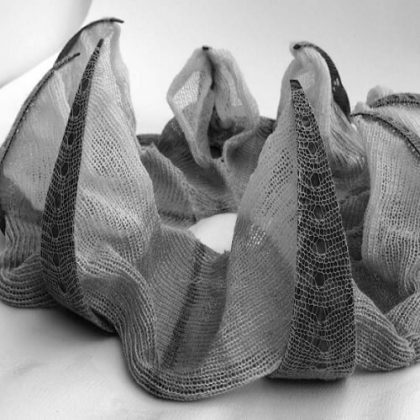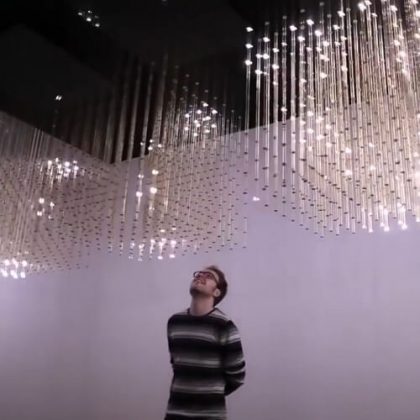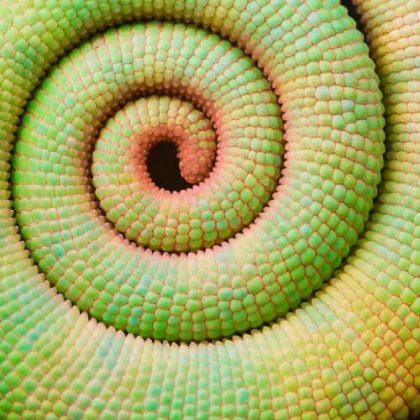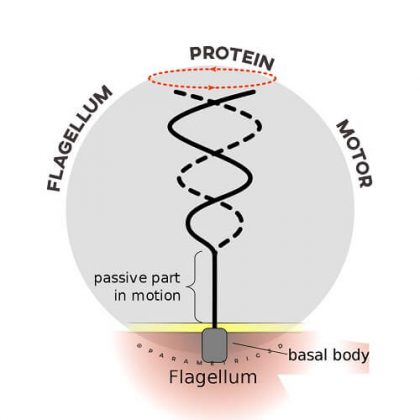Water Reaction
Water Reaction, a project by Royal College of Art student Chao Chen, is an to create a material that reacts to external conditions with no human input required. Unlike other more high-tech approaches to this idea, Chen was inspired by a pinecone.































